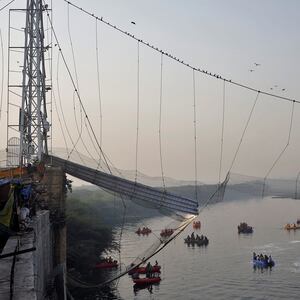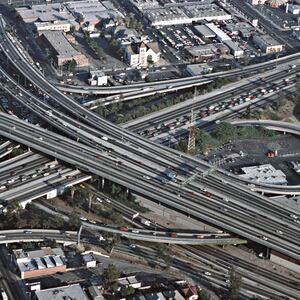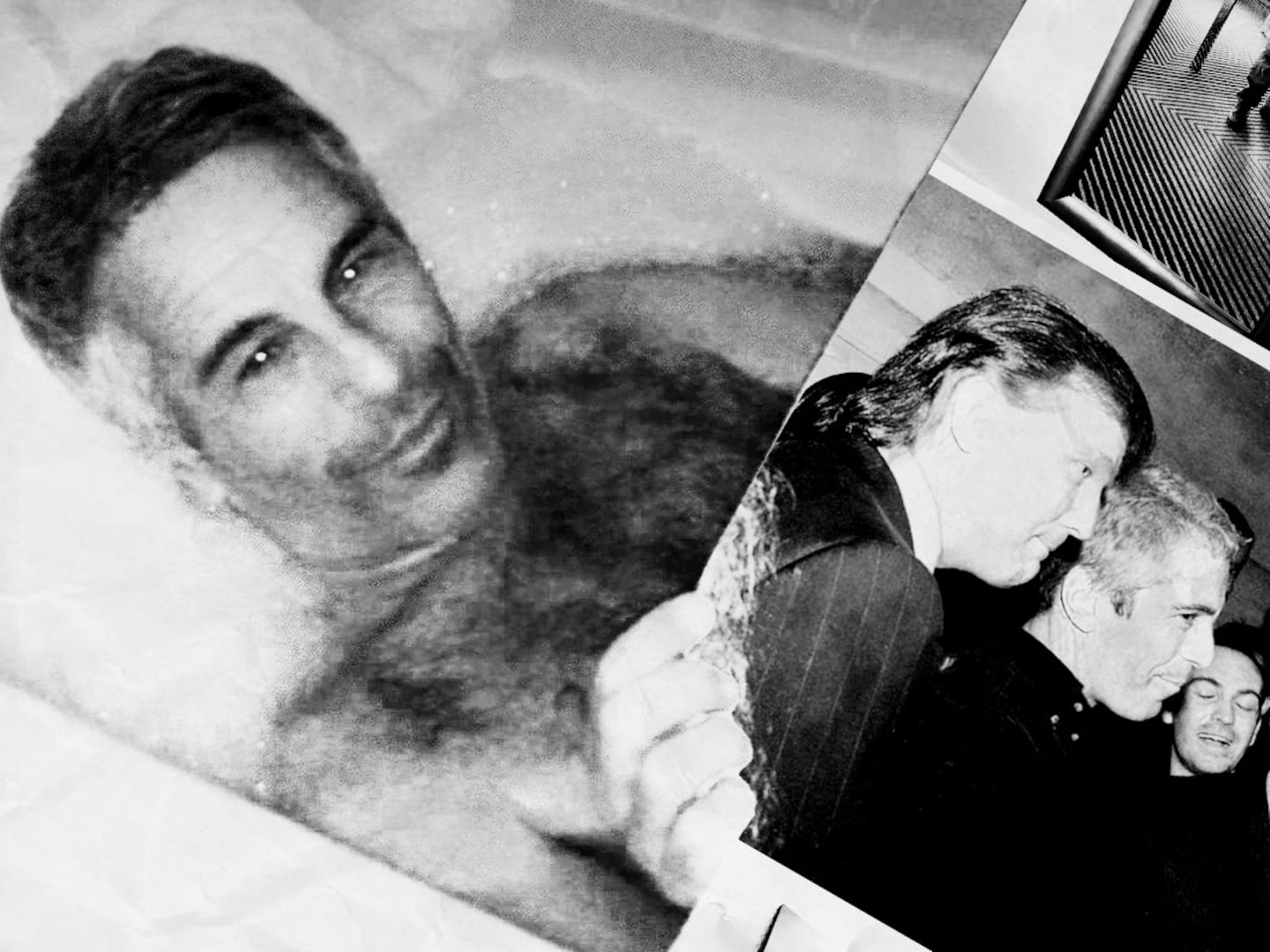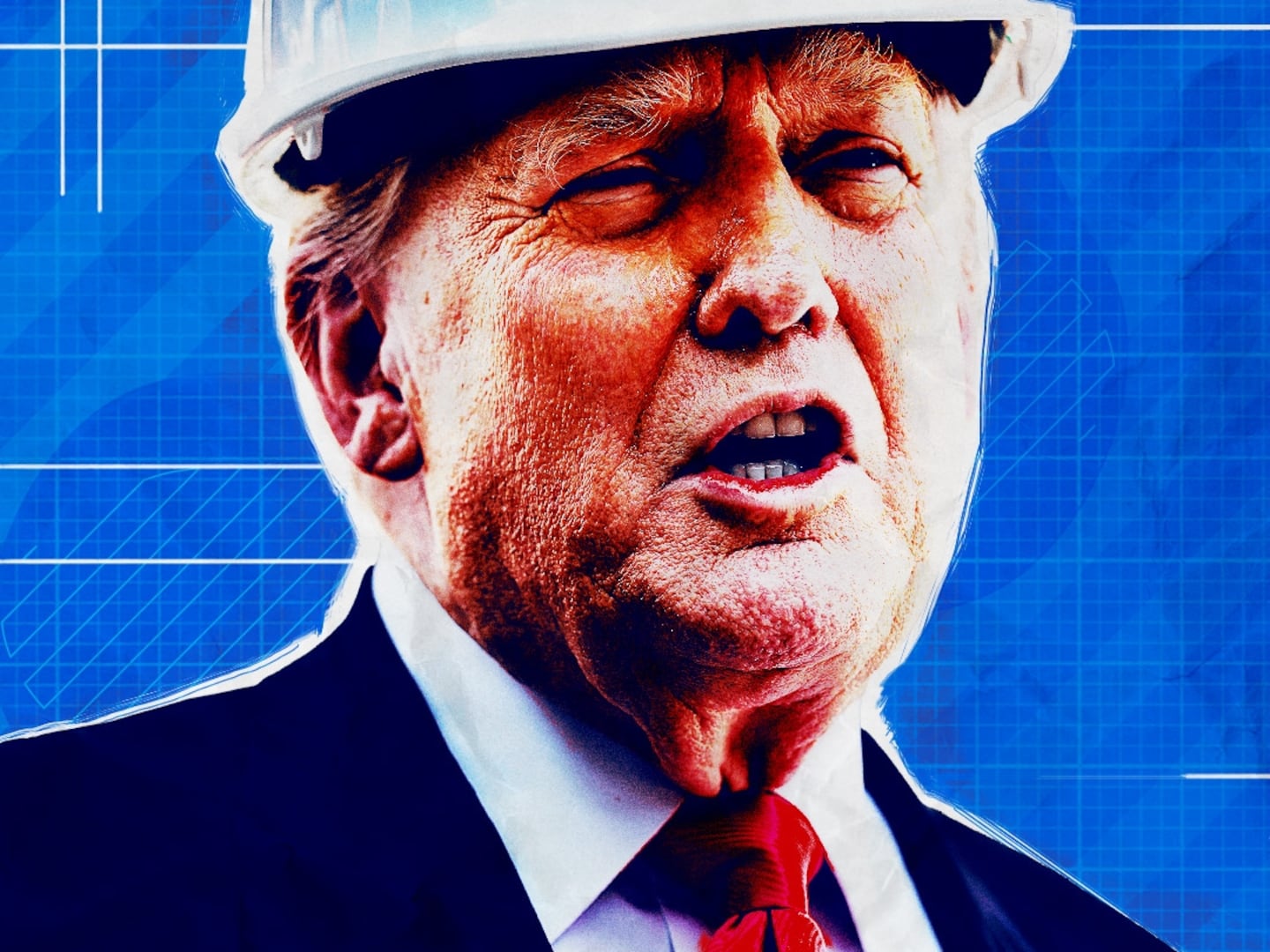An infamous quote about “known unknowns” comes to mind when discussing the kinds of data that rideshare apps collect from their users. Because truly, there are things we know the apps track—position, acceleration, even battery life—and then forms of data we likely don’t even think to consider. And it’s not just users: the Uber driver app collects boatloads of data on rideshare drivers themselves, including tracking them in between trips.
It’s an unnerving part about these new services—creating plenty of suspicion over privacy and malfeasance with personal information, but there is still some good that can come from collecting and utilizing these vast data troves from drivers. Case in point: a new study published Thursday in Communications Engineering found that two simple measurements—GPS and acceleration—give structural engineers crucial information on a bridge’s health, providing insight on how to preserve these essential structures for longer and prevent deadly collapses.
Thomas Matarazzo, a structural engineer at the U.S. Military Academy who led the new research, had spent over a decade thinking about how to use moving sensors rather than traditional fixed ones to monitor infrastructure health.
“In one of our first meetings, my PhD adviser literally drew a car driving over a bridge and a little signal coming out,” Matarazzo told The Daily Beast. “I'm coming out of [the meeting] with just an undergraduate degree, being like, ‘Oh, that's cool, but you expect me to do this?’”
Over the next several years, Matarazzo and his adviser worked out a method for combining GPS and acceleration measurement to accurately assess low-grade vertical vibrations and twisting that a bridge experiences. These metrics, in turn, tell structural engineers about the health of the structure—when these vibrations peak to extremes, they put the integrity of a bridge at risk.
“Unfortunately, in the last five years, we have seen bridge collapses—it seems almost unfathomable that this is still happening in 2022,” Matarrazo said. “There is really high potential that crowdsourcing could be used in a wide variety of scenarios for bridge monitoring.”
To start, Matarrazo drove over San Francisco’s Golden Gate Bridge 102 times while tracking his location and acceleration to calculate the baseline vibration of the bridge (The Golden Gate Bridge, Highway and Transportation District sent him a transponder to cross for free, so he didn’t need to pay the tolls each time.) Then, Uber provided his team with 72 trips across the bridge from various drivers; while Matarazzo had used a standardized phone position in his preliminary trials, this dataset was a true test of his method’s generalizability.
Overall, even with relatively few trips, the researchers found that just 10 datasets were 90 percent accurate at predicting bridge vibrations, and about 80 datasets increased the accuracy to 97 percent. Matarazzo and his team had specifically designed the system to distinguish vibrations pertinent to a bridge’s health from statistical noise that might be caused by variables like potholes and traffic.
The more than 100 trips considered in the study amounted to less than 0.1 percent of the trips made on the Golden Gate Bridge daily, indicating that smartphone data represent “an enormous sensing potential,” the authors wrote in the study. “When fueled with long-term monitoring data, artificial intelligence has the potential to provide bridge engineers and owners with unprecedented information for maintenance and operation at virtually little to no extra cost.”
Incorporating crowdsourced information into the maintenance of a bridge would eliminate the need for in-person checkups and provide a continuous source of data that can help municipalities assess their bridges over the natural range of conditions they face annually, Matarazzo said.
“The best-case scenario is that you have a new bridge, and that you're monitoring it from day one,” he said. “We calculated that in those cases, you can add over 14 years of service, which would be a 30 percent increase without additional costs, just by incorporating this crowdsourced data.”
Privacy Questions
Experts who were familiar with Uber and other rideshare apps told The Daily Beast they were not surprised that fine-grain GPS and acceleration data were collected on drivers. However, they did raise concerns over the collection, sharing, and repurposing of the data.
“What I tell people about the gig economy is that there’s not a human watching over your shoulder, but the algos are watching 24 hours a day,” Sergio Avedian, a writer for The Rideshare Guy and an Uber driver, told The Daily Beast. “Even if Uber did not tell the driver that this was happening, it was already happening.”
Still, Avedian said that from drivers’ perspectives, the cat is already out of the bag on data collection. Having resigned himself to the amount of personal data that Uber collects from his driver app, he said that he’s grateful that researchers could put it to good use.
“Giving up a little bit of your privacy for some human good later on and savings on infrastructure? I'm all for it,” he said.
But Katie Wells, a technology and labor researcher at Georgetown University, said that the personal data of drivers should not have been used seemingly without consent or compensation.
“This is another confirmation that the smartphones that drivers are carrying are being used in all kinds of uncompensated ways,” Wells told The Daily Beast. “Drivers are producing data to very unknown ends. And that's another example of this impossible power imbalance in the Uber workplace.”
Wells, a trained social scientist, stressed that academic regulations around data collection are comparatively much more rigorous than legal regulations for apps like Uber. And in medicine, the Food and Drug Administration mandates that participants in clinical trials give informed consent, a process that involves conversations with investigators, as well as reading and understanding study materials to make a decision about opting in. Drivers for Uber, on the other hand, have no such standards in place, may not be aware of the kinds of data being collected from their phones, and may not have any say over how the data are used.
“We can look at this as predatory,” Wells said. “We hope it's not, but we don't have data to suggest that it isn't.” Uber did not respond to a request for comment.
Matarrazo said that there will always be privacy concerns associated with the use of these forms of data. For infrastructure monitoring, at least, researchers can design systems to only collect GPS and acceleration data from vehicles as they pass over a bridge, preventing the collection of data that could potentially identify users. Eventually, such monitoring programs could enlist members of the public who may then be compensated with reduced tolls.
“I think of this as an altruistic endeavor,” he said. “I would hope that 15 to 20 years from now, maybe people's tolls will be subsidized because we've really acknowledged the value of the data they're providing.”









